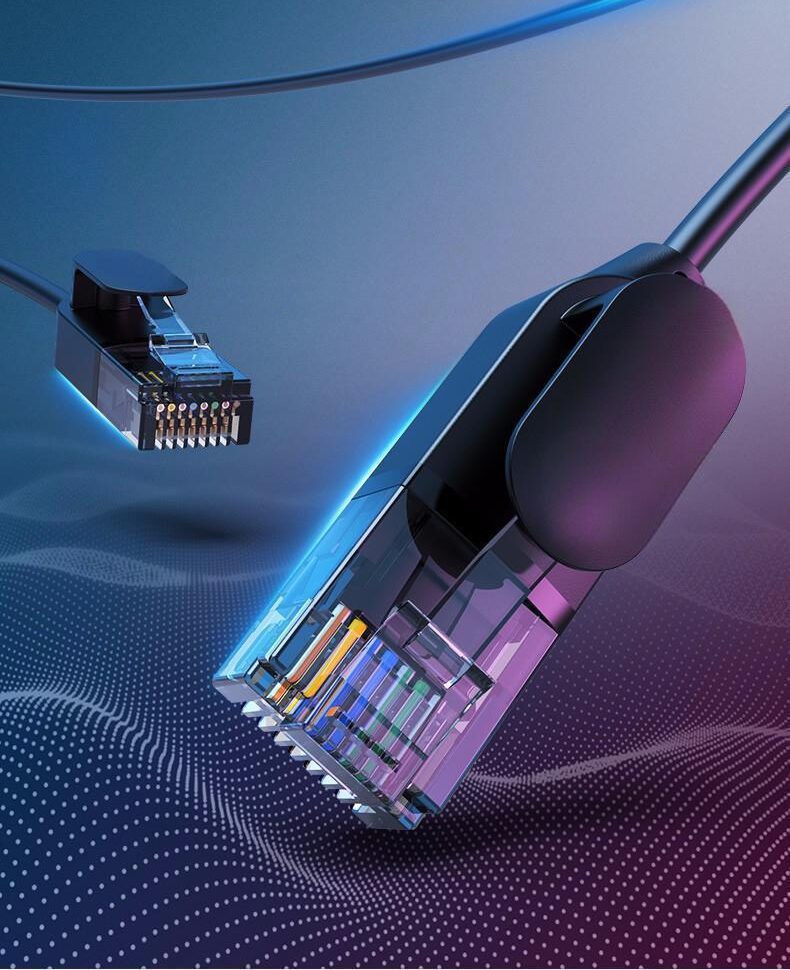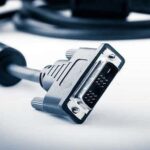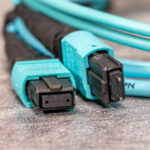There are the following differences in the application of Cat6a (Category 6 Augmented) cables and Cat8 (Category 8) cables in home networks:
- Transmission Performance
- Cat6a Cables :With a transmission frequency of 500 MHz and a maximum data rate of up to 10 Gbps, they can stably support this rate within a distance of 100 meters. This meets the needs of most high-speed network applications in homes, such as 8K video playback and cloud gaming.
- Cat8 Cables :Boasting an ultra-high transmission frequency of 2000 MHz and a maximum data rate of 25 Gbps or 40 Gbps, their effective transmission distance is strictly limited to 30 meters or less. For short-distance high-speed data transmission scenarios in homes (e.g., interconnection of devices within a network cabinet), Cat8 cables can deliver higher transmission speeds.
- Anti-Interference Ability
- Cat6a Cables :Typically adopt a double-shielding structure (e.g., aluminum foil + braided mesh), which effectively resists electromagnetic interference (EMI) and crosstalk between wire pairs, ensuring stable network operation in home environments with numerous electronic devices.
- Cat8 Cables :Feature more advanced double-shielding designs (e.g., S/FTP or F/FTP). Their stronger anti-interference capability better guarantees signal stability during high-speed transmission.
- Installation Difficulty
- Cat6a Cables :With a relatively thin diameter and good flexibility, they are easy to install. Ordinary home users can easily perform simple wiring operations (such as threading through walls or laying in cable trays).
- Cat8 Cables :Due to their thicker diameter and stiffness, professional installation tools and technicians are required for setup. The crimping of RJ45 connectors (水晶头) is also more difficult—improper operation during installation may affect network transmission performance.
- Cost Factor
- Cat6a Cables :Relatively low cost and affordable price, offering high cost-effectiveness for most home users.
- Cat8 Cables :Require high standards in production processes and materials, resulting in high costs. Their price is much higher than that of Cat6a cables, leading to low input-output ratio for ordinary households.
- Applicable Scenarios
- Cat6a Cables :Suitable for most home network scenarios, including home entertainment, remote work, and online gaming. They provide stable and high-speed network connections for various smart devices in homes, and are also suitable for families planning to upgrade to 10Gbps networks in the future.
- Cat8 Cables :Although rarely used in ordinary homes, they can provide powerful performance support for high-end home users with extremely high network speed requirements and short wiring distances—for example, building a home data center or conducting professional high-definition video editing and transmission.
- While Cat 8 Ethernet cable speed is excellent for professional applications, it is typically overkill for home networks. For home equipment, Cat6a is more than sufficient, even for gaming, and Cat8 cable can be difficult to install.
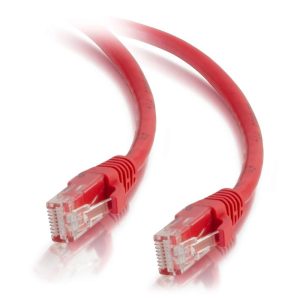 Cat5e Cables
Cat5e Cables Cat6 Cables
Cat6 Cables Cat6a Cables
Cat6a Cables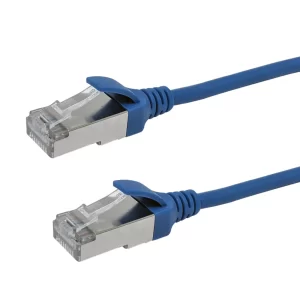 Cat8 Cables
Cat8 Cables Bulk Ethernet Cables
Bulk Ethernet Cables Plenum-Rated Ethernet Cables
Plenum-Rated Ethernet Cables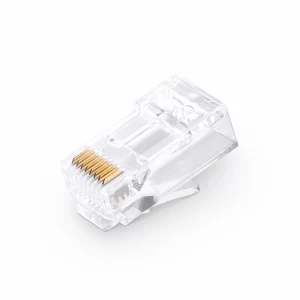 Connectors & Jacks
Connectors & Jacks OS2 Singlemode Simplex
OS2 Singlemode Simplex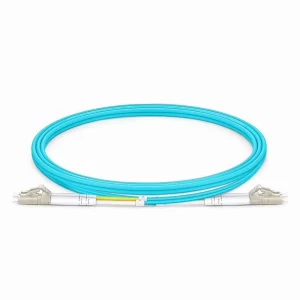 OS2 Singlemode Duplex
OS2 Singlemode Duplex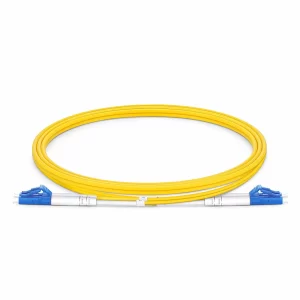 OM5 Multimode
OM5 Multimode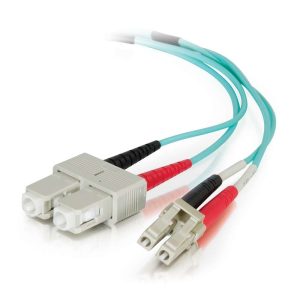 OM4 Multimode
OM4 Multimode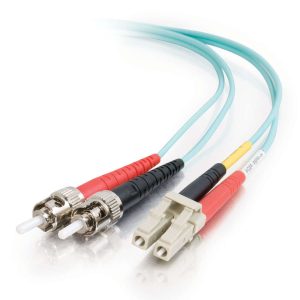 OM3 Multimode
OM3 Multimode OM2 Multimode
OM2 Multimode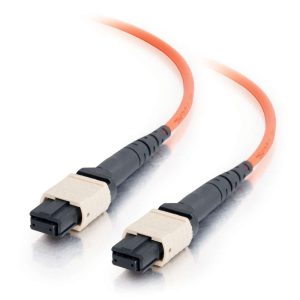 MTP/MPO Cables
MTP/MPO Cables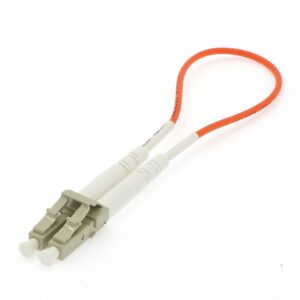 Loopback Adapter
Loopback Adapter Fiber Optic Connectivity
Fiber Optic Connectivity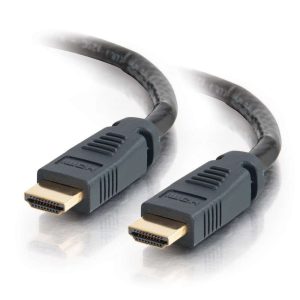 HDMI Cables
HDMI Cables HDMI Mini/Micro Cables
HDMI Mini/Micro Cables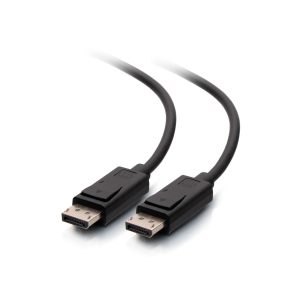 DisplayPort Cables
DisplayPort Cables Mini DisplayPort Cables
Mini DisplayPort Cables DVI Cables
DVI Cables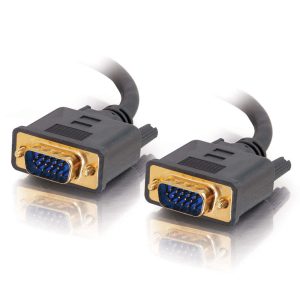 VGA Cables
VGA Cables Audio Cables
Audio Cables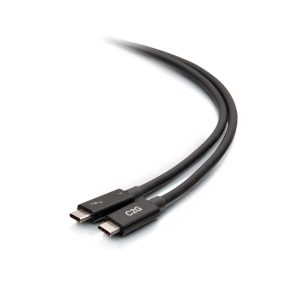 Active USB Cables
Active USB Cables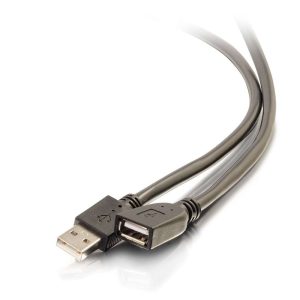 Plenum-Rated USB Cables
Plenum-Rated USB Cables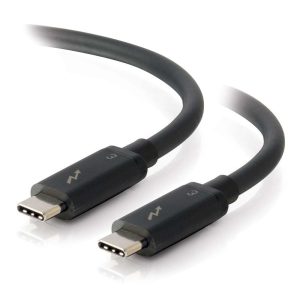 Thunderbolt Cables
Thunderbolt Cables USB 2.0 Cables
USB 2.0 Cables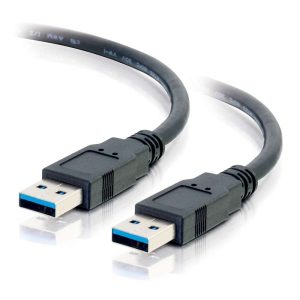 USB 3.0 Cables
USB 3.0 Cables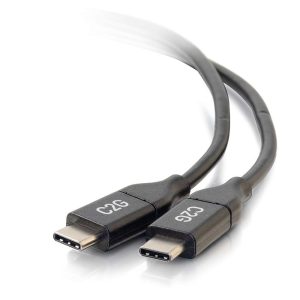 USB Cables for Mobile Devices
USB Cables for Mobile Devices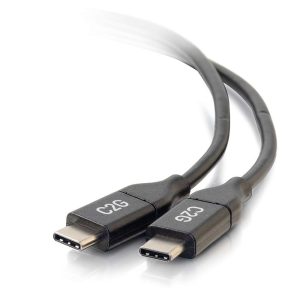 USB-C Cables
USB-C Cables Keyboard & Mouse Cables
Keyboard & Mouse Cables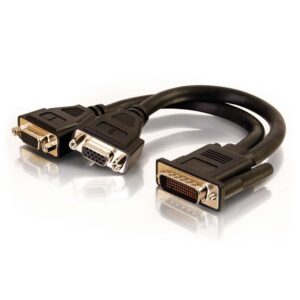 LFH-59 and M1 Cables
LFH-59 and M1 Cables Parallel Cables & Devices
Parallel Cables & Devices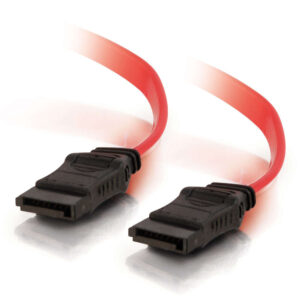 Serial ATA Cables
Serial ATA Cables Serial RS232 Cables
Serial RS232 Cables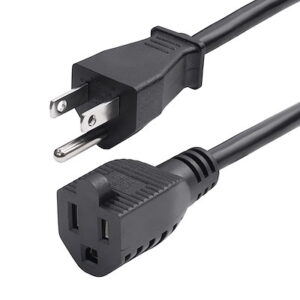 Power Cables
Power Cables